HP's new VR headset can track your mental load with plethora of sensors
HP's latest VR headset tracks your heart rate, eyes, and face to measure your cognitive load.
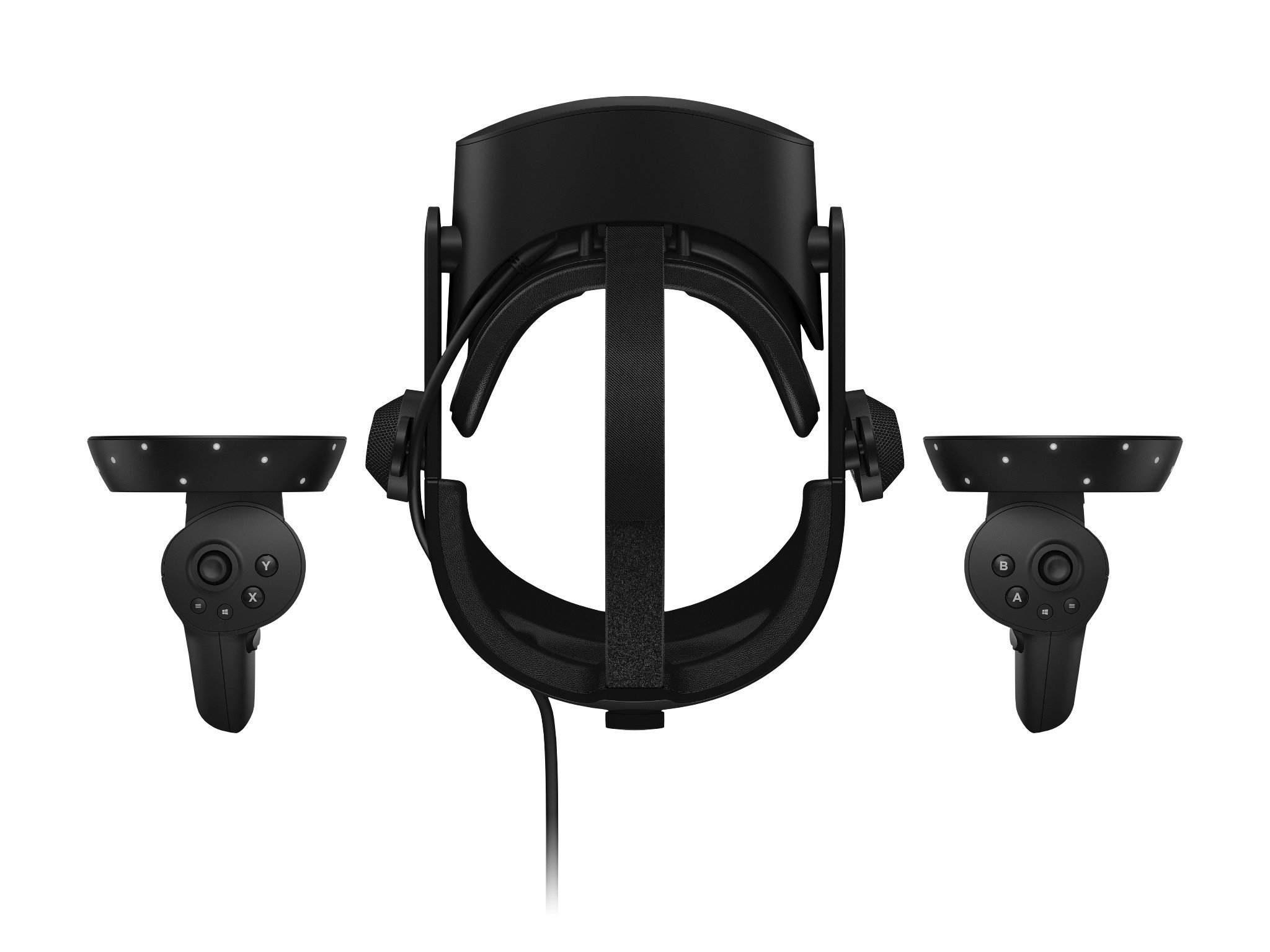
What you need to know
- HP announced the HP Reverb G2 Omnicept Edition virtual reality headset.
- The headset features several sensors, including eye tracking, face tracking, and a heart rate sensor.
- The headset can be used to measure a person's cognitive load within different virtual environments.
HP announced the HP Reverb G2 Omnicept Edition virtual reality headset today. The headset works with both Windows Mixed Reality and SteamVR and can be used in gaming, commercial, and enterprise environments. The HP Reverb G2 has sensors to track a person's eyes, heart rate, and face, which work together to provide valuable data. With these sensors and other integrated technologies on the headset, the HP Reverb G2 can detect a person's cognitive load and engagement level.
The HP Reverb G2's sensors can be used to provide data during virtual reality sessions. These can be used in several ways, such as during pilot training. In a video shown to the press, HP showed the value of immersing a pilot into a virtual environment for training.
In addition to the HP headset providing a virtual environment for more realistic training, the sensors on the HP Reverb G2 can provide feedback on how pilots react to the training. For example, a pilot instructor could see a pilot's heart rate and other measurables to determine a pilot's cognitive load. This can then be used to further enhance training.
Another example that HP shared was people improving their public speaking. While speaking in front of a virtual audience through the headset, the HP Reverb G2's sensors can provide data that helps instructors and speakers know if someone is ready to speak in front of real people.
HP views the Reverb G2 as the next step in VR. Some of its sensors are unique to the headset, making it stand out when it comes to integrated hardware, but even sensors that appear on other headsets are used differently on the Reverb G2. As an example, while some VR headsets have eye tracking, those sensors are generally used to improve picture quality and the gaming experience. Eye tracking on the Reverb G2 provides data which can be used to measure how people perform within VR.
The eye tracking within the HP Reverb G2 is powered by Tobii, a well-recognized name within the industry. Our readers might recognize Tobii as the company behind devices that allow eye tracking on Windows 10 or for its work with foveated rendering in VR. Tobii shares more about how it powers the Reverb G2 on its website.
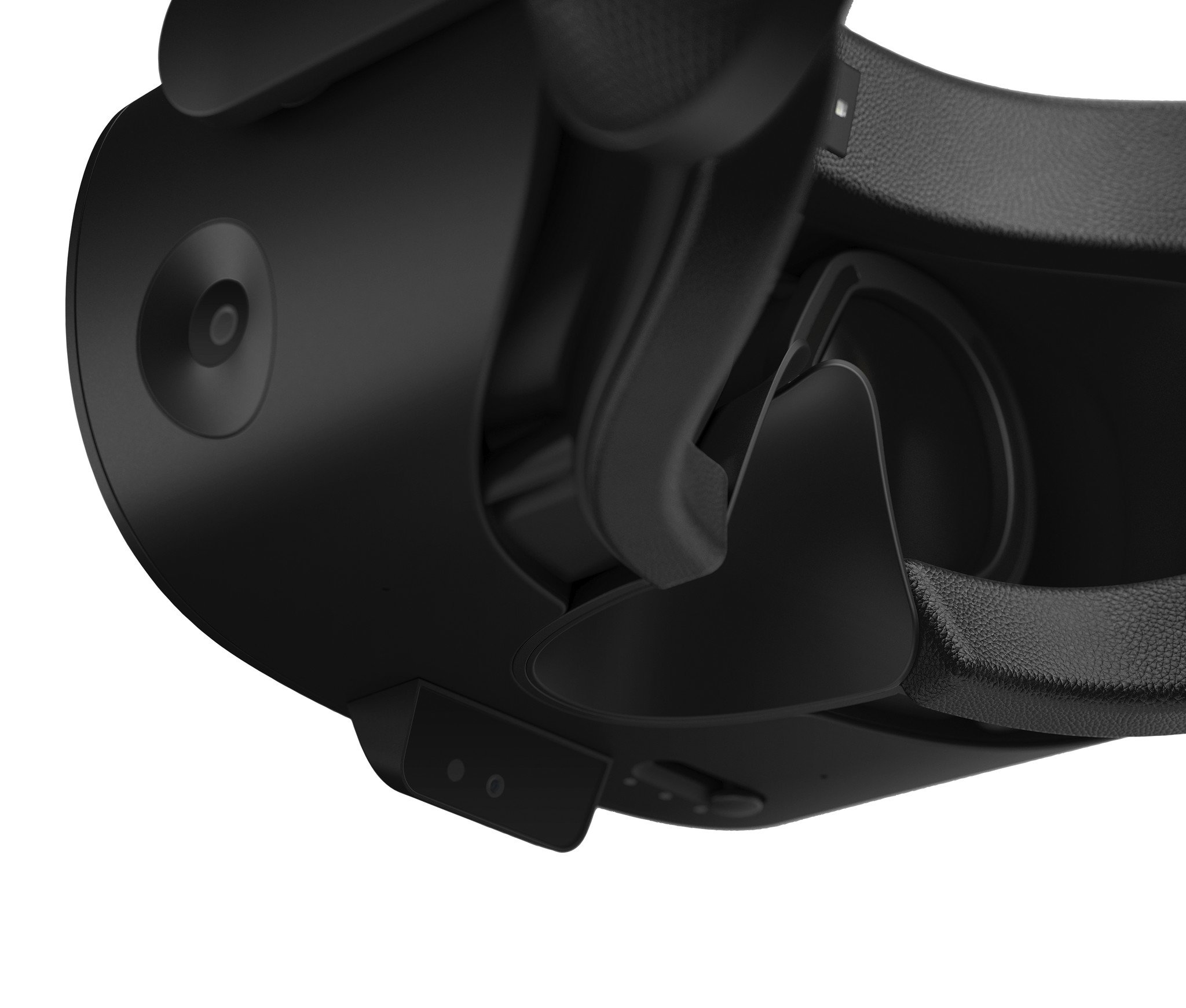
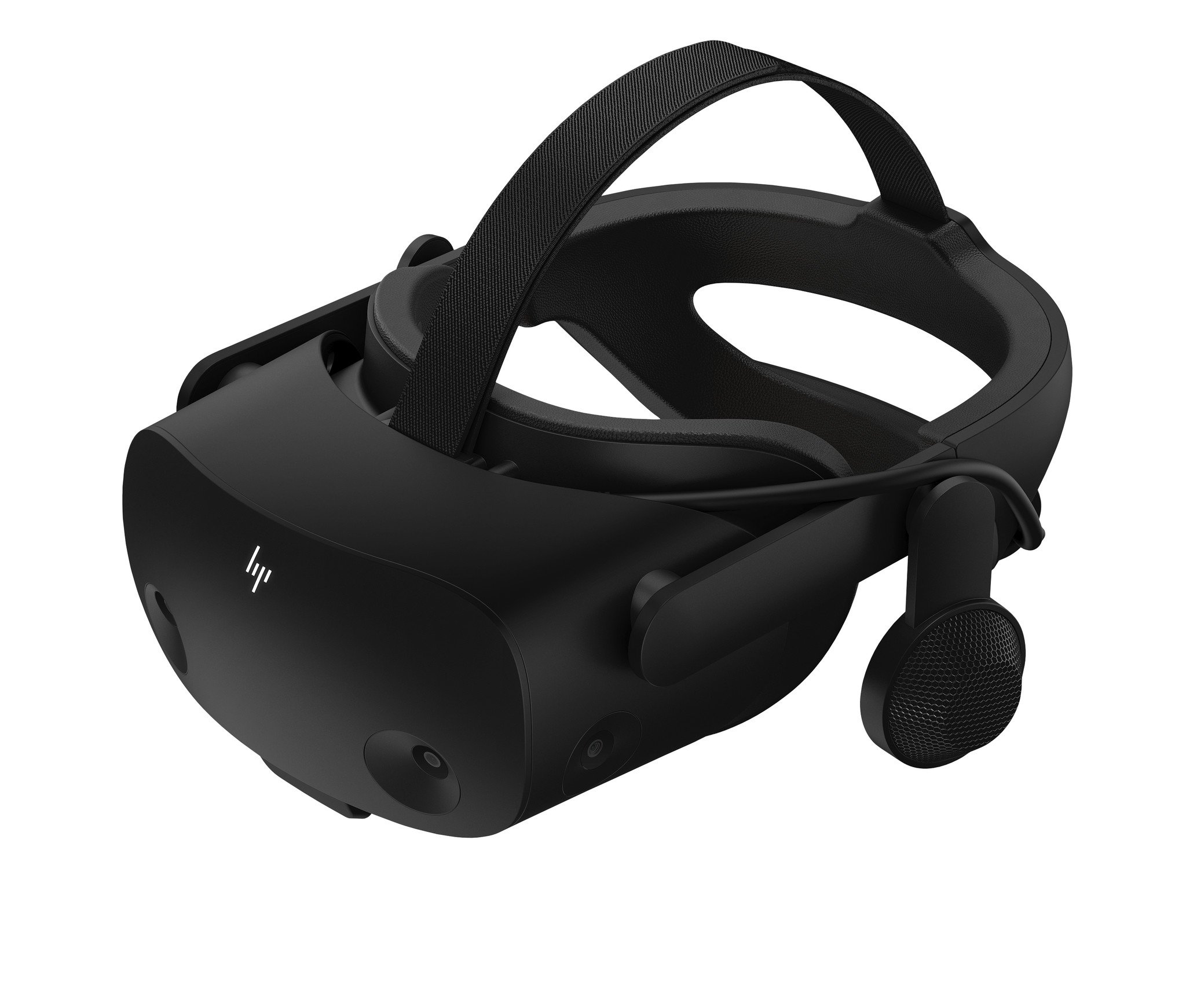
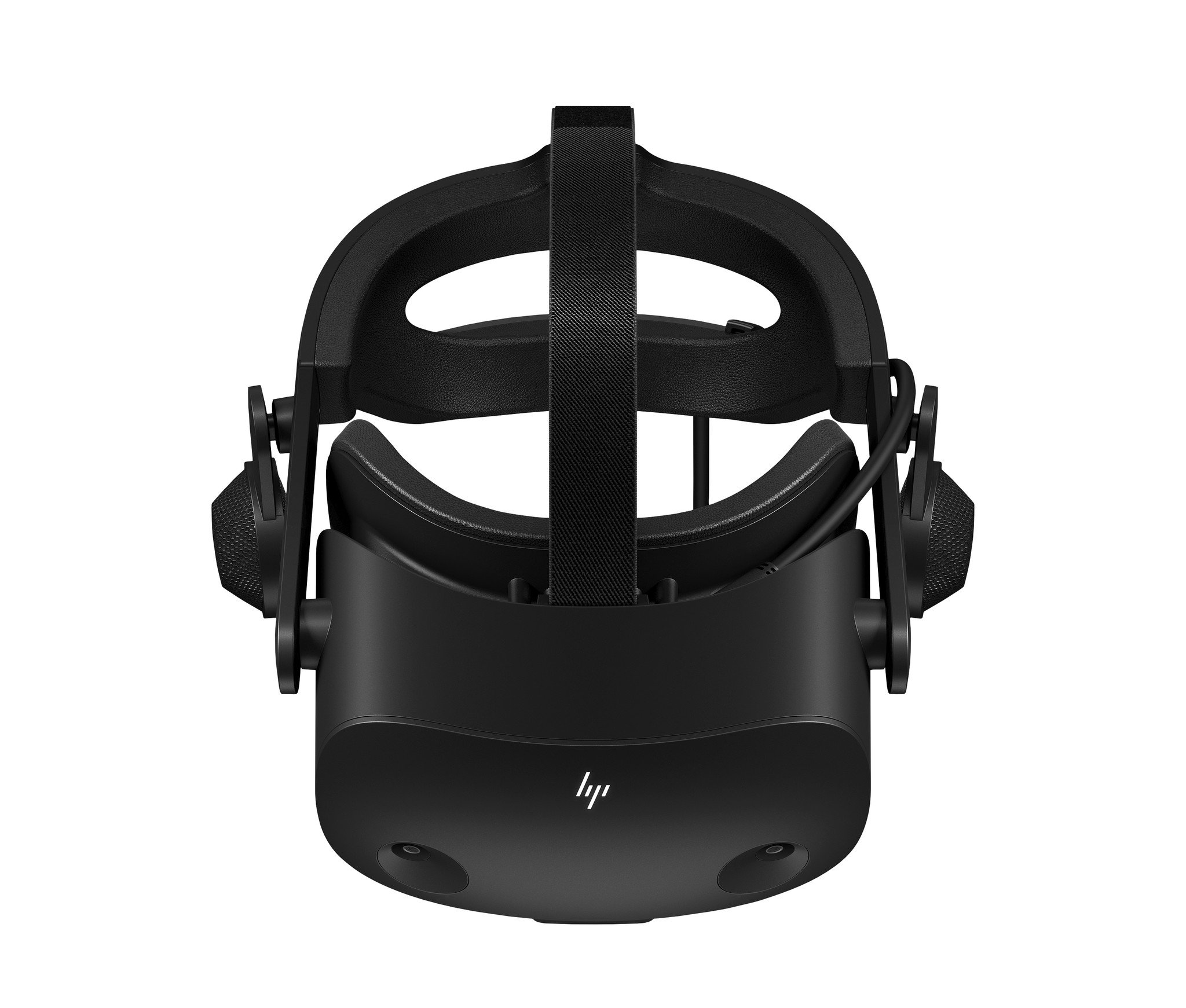
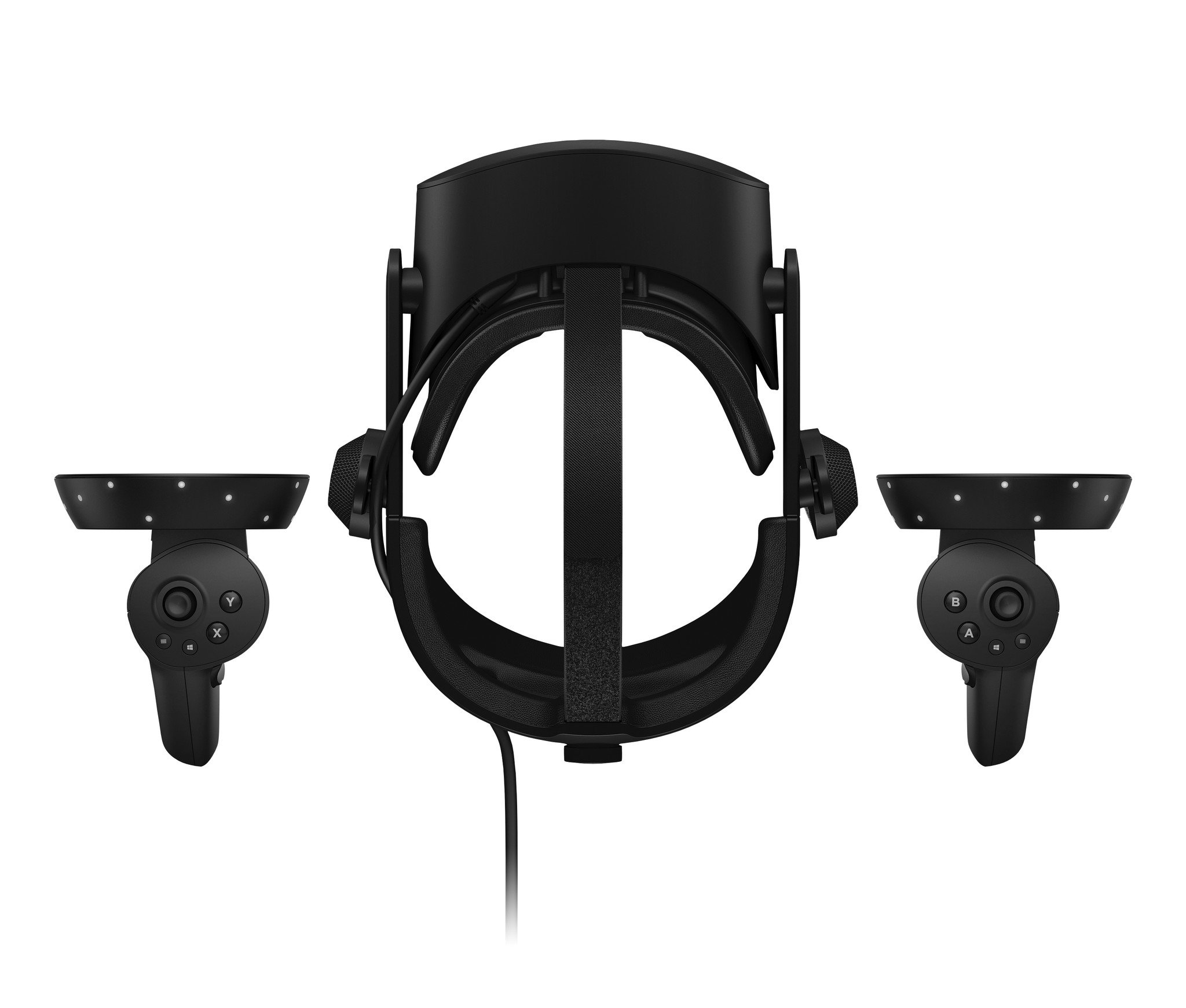
The data from the sensors on the HP Reverb G2 can work with the HP Omnicept SDK. The SDK can be used by developers to utilized the sensors within the headset. HP can also use the data from these sensors to measure the cognitive load of people within the headset.
All the latest news, reviews, and guides for Windows and Xbox diehards.
In terms of the headset itself, it has a resolution ousf 2160 x 2160 per eye. It has a ratcheting headband that allows the headset to be easily adjusted between different people. The HP Reverb G2 also has speakers on the head straps that cover a person's ears.
HP will share more about the HP Reverb G2 at the VR/AR Global Summit. HP's keynote is on September 30, 2020 at 11AM EST.
HP has not shared pricing details about the HP Reverb G2 Omnicept Edition at this time.

Sean Endicott is a news writer and apps editor for Windows Central with 11+ years of experience. A Nottingham Trent journalism graduate, Sean has covered the industry’s arc from the Lumia era to the launch of Windows 11 and generative AI. Having started at Thrifter, he uses his expertise in price tracking to help readers find genuine hardware value.
Beyond tech news, Sean is a UK sports media pioneer. In 2017, he became one of the first to stream via smartphone and is an expert in AP Capture systems. A tech-forward coach, he was named 2024 BAFA Youth Coach of the Year. He is focused on using technology—from AI to Clipchamp—to gain a practical edge.
